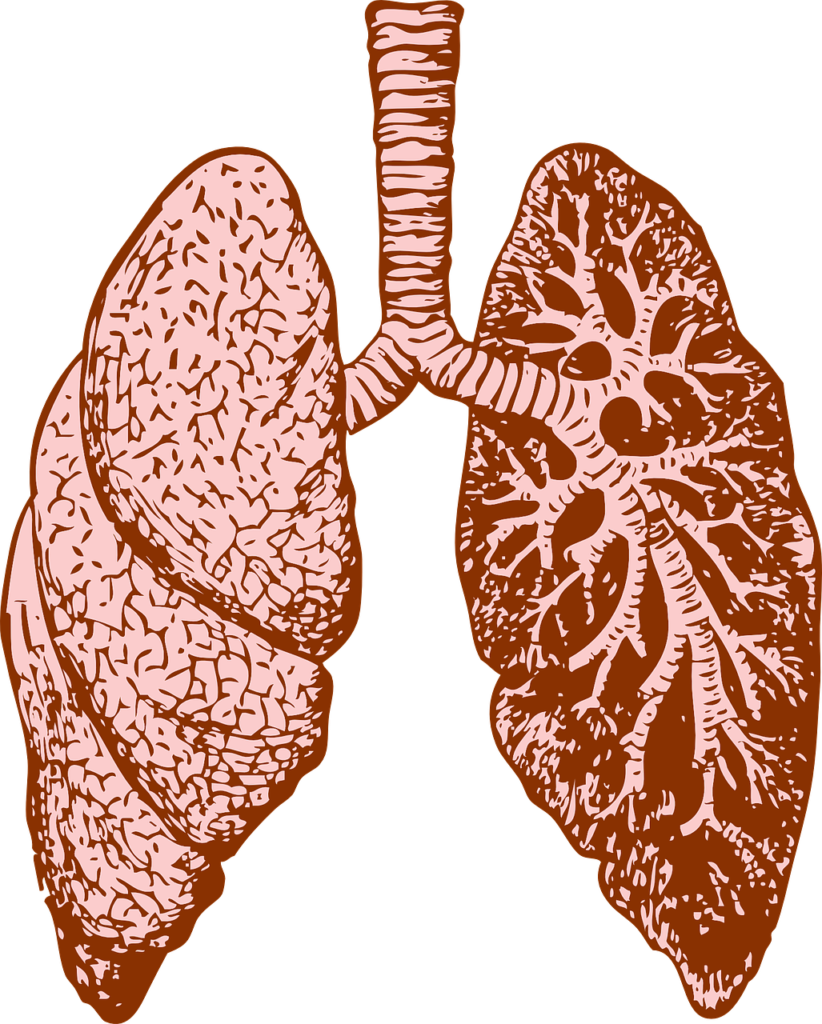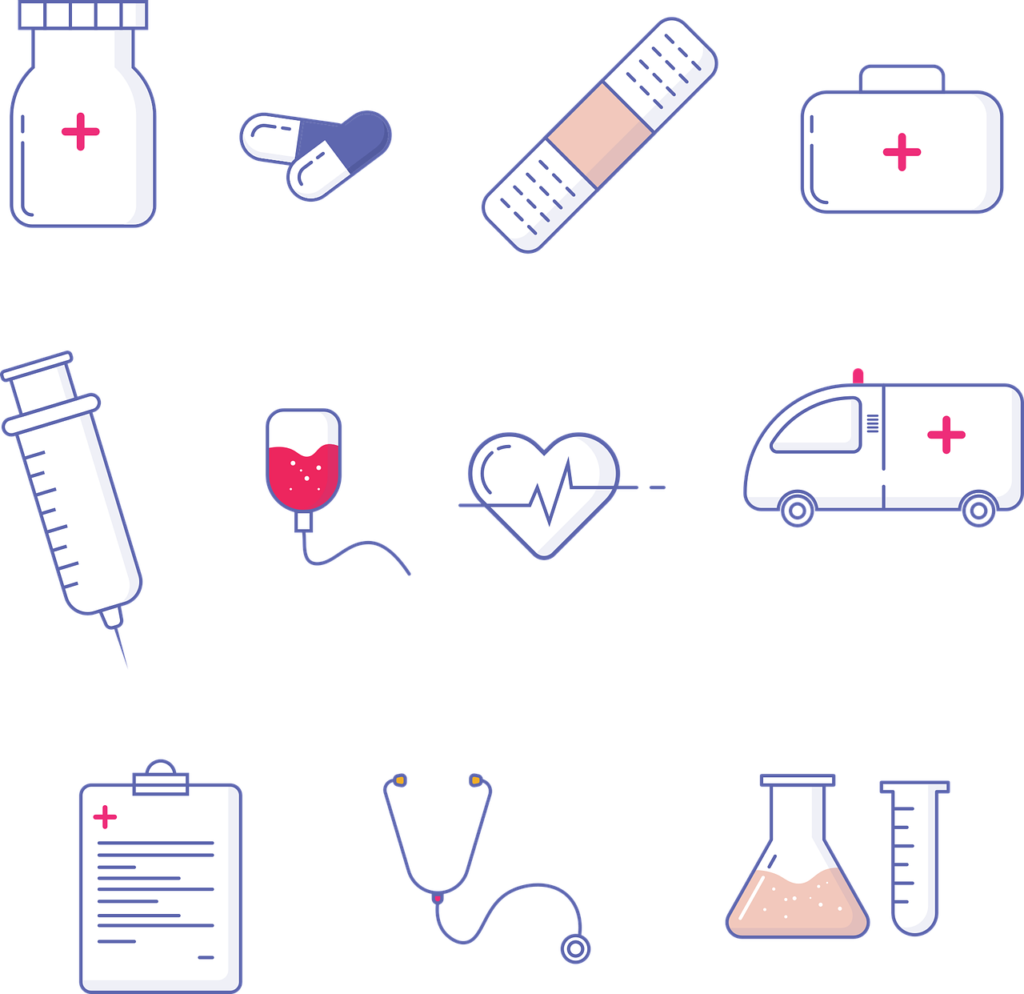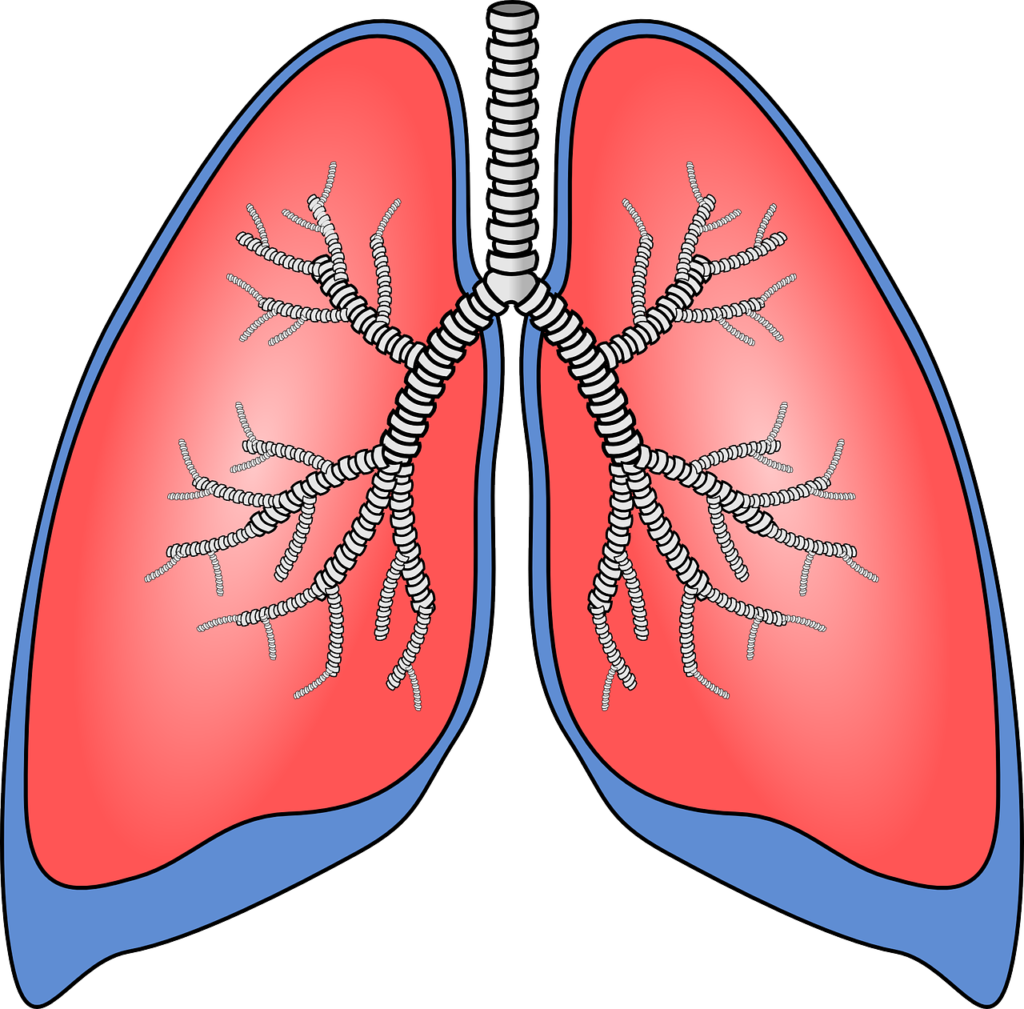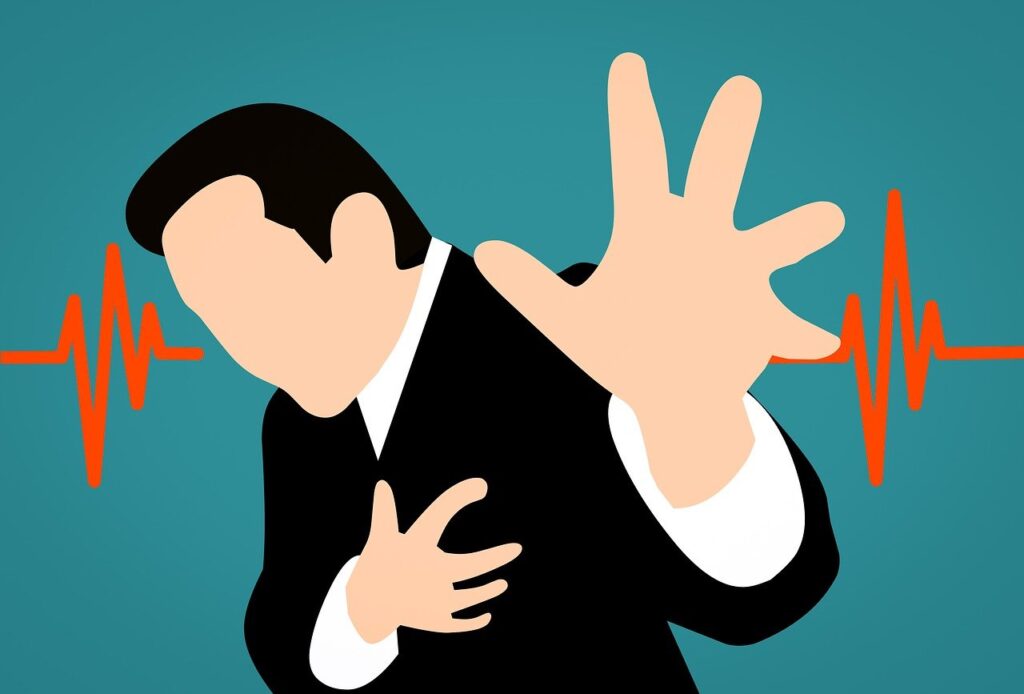Experiencing lower lung chest pain can be a concerning and discomforting situation. You need to understand the symptoms, possible causes, and how to find the best relief. Let me walk you through exploring lower lung and chest pain, discussing its various aspects.
What is Lower Respiratory infection of Chest
A lower respiratory infection affecting the chest typically refers to infections that affect the airways and structures below the voice box (larynx), including the trachea, bronchi, and lungs. These infections can involve various conditions:
- Pneumonia: This infection causes inflammation in the lung tissue, usually due to bacteria, viruses, or fungi. Symptoms include coughing, difficulty breathing, fever, chest pain, and sometimes coughing up phlegm.
- Bronchitis: It’s the inflammation of the bronchial tubes (air passages leading to the lungs), often caused by viruses. Symptoms include coughing, chest discomfort, mucus production, and occasionally fever.
- Bronchiolitis: Typically seen in infants and young children, it’s an inflammation of the small airways (bronchioles) in the lungs, often caused by viruses like respiratory syncytial virus (RSV). Symptoms include coughing, wheezing, difficulty breathing, and fever.
- Lung abscess: An infection leading to the formation of a pus-filled cavity within the lung tissue. Symptoms include chest pain, coughing up blood or foul-smelling sputum, fever, and weight loss.
Do Lung Issues Cause Chest Pain?

Lung issues can cause chest pain. Conditions affecting the lungs or surrounding structures can lead to chest discomfort or pain. Some lung-related issues that may result in chest pain include:
- Pleurisy: Inflammation of the lining around the lungs (pleura) can cause sharp chest pain that worsens during breathing or coughing.
- Pneumonia: Lung infection resulting in inflammation within the lung tissue can lead to chest pain, especially during coughing or deep breathing.
- Pulmonary Embolism: A blood clot in the lungs can cause sudden and sharp chest pain, often accompanied by difficulty breathing and other symptoms like coughing up blood.
- Pneumothorax: This condition occurs when air leaks into the space between the lung and the chest wall, causing chest pain that can be severe and sudden.
- Bronchitis: Inflammation of the airways can lead to chest discomfort or a dull, aching pain.
Understanding Lower Lung and Chest Pain
Lower lung chest pain refers to discomfort or pain felt in the chest area and the lower part of the lungs. This pain can manifest itself in various ways. Recognizing its symptoms is your first step in addressing the underlying issue.
- Location: Lower lung and chest pain can occur on one or both sides of the chest. It might also radiate to the back or under the breastbone.
- Breathing-Related Pain: The pain may intensify when breathing deeply, coughing, or swallowing. This is a significant symptom that can help distinguish the cause.
- Burning Sensation: Some people describe this pain as a burning sensation, while others feel it as a sharp or dull ache.
- Duration: The duration of lower lung and chest pain can vary. It may be brief, recurrent, or persist for an extended period.
Causes of Lower Lung and Chest Pain
Lower lung and chest pain can result from various underlying causes. It’s important to identify these causes to determine the appropriate course of action:
- Respiratory Issues: Lung conditions such as pneumonia, pleurisy, or bronchitis can lead to lower lung and chest pain.
- Gastrointestinal Problems: Indigestion or heartburn can cause discomfort in the chest area, which may be mistaken for lung pain.
- Physical Strain: Overexertion during exercise can lead to chest muscle pain, especially in the lower chest region.
- Injury: Trauma to the chest area, such as a rib fracture, can result in localized pain.
- Infections: Viral and bacterial infections, including COVID-19, may cause chest pain as a symptom.
- Cardiac Issues: While less common, heart-related problems can lead to chest pain that may radiate to the lower chest and back.
Left Lower Lobe Chest Pain
Left lower lobe chest pain can stem from various sources within the lungs or adjacent structures. Conditions such as pneumonia, inflammation of the lower lung tissue, or a pulmonary embolism in the lower lobe can lead to discomfort or aching sensations localized to that area. Additionally, issues like pleurisy or a pneumothorax affecting the lower left lung might manifest as sharp or stabbing pains exacerbated by breathing or movement. Accurate diagnosis of the underlying cause is crucial, so seeking medical evaluation is essential to determine the precise origin of the pain and initiate appropriate treatment.
Lower Right Chest Pain lung
Lower right chest pain originating from the lung region can result from various conditions. Pneumonia affecting the lower right lung, inflammation of the lung tissue, or even a pulmonary embolism in that area can lead to discomfort, sharp pains, or aching sensations specific to the lower right chest. Issues such as pleurisy or a pneumothorax on the right side may also cause localized sharp pains exacerbated by breathing or movement. Seeking prompt medical assessment is crucial to accurately diagnose the underlying cause and initiate proper treatment for any lung-related condition causing lower right chest pain.
When to Seek Medical Attention

While some causes of lower lung and chest pain may resolve on their own, it’s important to know when to seek medical attention:
- Sudden, Severe Pain: If you experience intense and unexpected chest pain, especially accompanied by shortness of breath or dizziness, seek immediate medical help.
- Prolonged or Worsening Pain: If the pain persists for an extended period or worsens over time, consult a healthcare professional.
- Pre-existing Health Conditions: Individuals with pre-existing conditions like heart disease or respiratory issues should be cautious and consult a healthcare provider.
Relief and Self-Care Measures
If you’re dealing with mild to moderate lower lung and chest pain, here are some self-care measures that may help:
- Rest: Give your body time to recover, especially if the pain is related to physical strain.
- Over-the-Counter Pain Relievers: These can help you to manage the discomfort. Consult your healthcare professional before taking any medication.
- Hydration: Stay hydrated, as this can help ease certain types of pain.
- Hot or Cold Compresses: Try to apply heat or cold to the affected area, as it may provide temporary relief.
Lower lung chest pain/lung pain can result from a variety of triggers that range from benign conditions to severe health issues. Understanding the symptoms and knowing when you should seek medical attention is vital. I will always advise you to consult your healthcare professional to determine the cause of the pain and receive proper guidance. Your health and well-being should always be a top priority. Addressing chest and lung pain promptly is important for your peace of mind and overall well-being.
Visit www.medicalantidote.com to find more health articles.



